Was Bali better before ?
Nowadays Bali seems to be a love-or-hate affair. I think much of the resentment is summed up in the following cartoon by Australian illustrator Johannes Leak :
Some regions of Bali have indeed developped tremendously in less than 30 years (unfortunately to the expense of the traditional landscapes, so many Balinese have sold their ricefields to promoters).
For those who knew the island at the eve of tourism in the 1970s, Bali today is a whole new world. You can check this public album posted by Australian Clifford White to see the difference.
But the Bali of the 1970s had already changed a lot since WW2. Just have a look to this old promotional video from 1946. Women were still going bare-breasted !
If the setting has changed (and this is mostly true for the South), the Balinese culture has shown an incredible resilience to the inflow of foreign visitors.
The Balinese culture is one of the richest and most fascinating regional culture of Indonesia ; even compared for instance to the Sumbanese, the Yali of Papua highlands or the Dayak of inner Kalimantan. Processions, purifications, cremations, benedictions, this has barely changed in centuries.
Furthermore, besides some areas which constitute a minority of the island, Bali is still very authentic and stunningly beautiful. The three following pictures have been taken from back-country roads, no entrance ticket, no crowd.
Things to know before coming to Bali
Bali is one of the world tourist hotspot. The amount of yearly visitors not only keeps on growing but is actually booming. In 2013, 3,3Mio people visited the island of Gods ; in 2017 there were 5,7Mio, a growth mostly driven by Chinese visitors (source).
As a consequence, popular sites are rapidly saturated with visitors which tend to ruin the peaceful atmosphere. In Bali it’s better to wake up at dawn like the locals, you’ll enjoy the local life before the tourism crawls in and get the popular sites almost for yourself.
Even if there is no more real off-the-beaten-path places in Bali, many parts of the islands especially in the North and the East receive a rather modest amount of visitors.
Like everywhere in Indonesia, when a site gets popular, an entry fee is soon rolled out by the locals. Contrary to a popular belief, prices are regulated by the local government. Given how popular is Bali, you can imagine that most of the interesting places (waterfalls, temples …) are not free.
Some very popular places now enforce a quite steep entry fee for Indonesian standards (50’000Rp for Tanah Lot or Pura Ulun Danau Beratan for instance). But feel free to skip things, Bali has not became that touristy without a reason, there is so much to do.
A couple of other tips :
- Bali doesn’t have great beaches. The best one are to be found in the Uluwatu peninsula but they can be considered barely fine compared to the marvels to be found further East in Indonesia (Lombok, Sumba, Maluku …)
- Kuta, Seminyak, Canggu and Ubud are extremely touristy areas.
- The South of Bali (everything South of Canggu until Jimbaran, as well as Denpasar) is plagued with traffic jams.
- A few tourist mafias operate on the islands and are best avoided :
- The Besakih temple mafia
- The Mount Batur mafia
- The taxi mafia
- The dolphins spotting industry of Lovina is a shame and is also best avoided.
- The so called “Gili islands” (Gili Trawangan, Gili Air and Gili Meno that are actually in Lombok) are overcrowded, not really interesting either for diving or for beaches (there is much better to be found nearby).
- Don’t do visa extension in Bali, immigration is too busy here.
Bali is maybe not really a backpacker destination anymore
To me it’s pretty clear that the backpackers are not anymore Bali’s main target. The tourism industry is more and more oriented towards an “affordable luxury” marketing segment. It also seduces the educated urban middle-class of Java. Getting married in Bali is considered very romantic by Indonesians.
Don’t get me wrong, it’s still fairly easy to travel on a budget in Bali. You can still get a double room for 150’000Rp, a scooter for 50’000Rp (or way less if you rent in for a month for instance) and eat for 20’000Rp (in town like Ubud or Seminyak you need to get a little bit away from the city center though to avoid restaurants selling nasi goreng at 50’000Rp)
Almost all temples, waterfalls or beaches charge an entry fee. It is usually reasonable (usually 10’000 to 20’000Rp) but it can add up quite quickly if you visit a lots of places in a short amount of time.
Last thing, public transports are scarce in Bali. Inter-cities transports are possible but often not convenient. Metered taxis are hard to come by and the constant game played by drivers is annoying. Tourists shuttle are ubiquitous and affordable but not cheap either. Buses are regular from Padangbai to Gilimanuk but otherwise you will appreciate online taxi operated by Grab or Gojek (order discreetly, these applications are banned in many areas by local government decrees).
Rented scooters are the real deal in Bali, do wear a helmet and don’t drink and drive (about a 100 foreigners die each year in Bali from a scooter accident). Carry an international driving licence and don’t cry about corruptions if you have to pay cash a fine because you couldn’t show any official document.
Bule areas : Kuta, Seminyak, Canggu, Ubud …
The towns of Kuta, Seminyak and Canggu are almost a bule (foreigner) ghetto today. As my parents on their first visit in Indonesia said about Seminyak : “It feels like the Riviera, what’s the point of flying 16 hours for that”.
The Southern peninsula of Uluwatu is mostly about surf spots, villas, cliff bars and the hotel enclave of Nusa Dua.
Ubud is following the same path. I’m expecting the opening of a McDonald’s anytime soon.
Amusingly, each one of these areas is catering to a distinct category of visitors :
So if you’re seeking to discover the Balinese culture, I would advise to stay away from these areas. It doesn’t mean that they have to be avoided at all cost.
For instance, I used to come to Bali from Jakarta for the weekends with friends. We would rent a villa in Uluwatu, have a night out in Seminyak in La Favela and Mirrors or Jenja. The next day chilling at the beach or the pool and catching a sunset at Single Fin, Rock Bar or El Cabron … We had great time, but we were disconnected from the common Balinese daily life.
Bali has tons of flights out of the country, including cheap ones to Australia or South-East Asia. It’s also a fair hub to connect to Sulawesi or East Nusa Tenggara for instance. Bali would make a great stopover in the middle of a long trip to Indonesia or elsewhere. It could be the occasion to pamper yourself and to get your shot of decent western food for instance.
Itinerary suggestions
I guess it’s now pretty clear that I definetely consider that Bali is still worth a visit in 2018. So where to go ?
The Lonely Planet guidebook is quite good on its Bali coverage. Many great and not so touristy places are mentioned but it’s often necessary to read between the lines.
First of all, you may want to avoid Bali during high season (July and August, as well as Christmas, New Year and Indonesia holidays). January to February are also quite rainy, but nothing unbearable either.
Here is an idea of itinerary, starting from Padangbai as if you were coming from Lombok. It ends in Gilimanuk so you could also make it the starting point.
- In Padanbai, rent a scooter and head North to Tirta Gangga where you can stay for 2 nights.
- Visit the water garden of Tirta Gangga, the temple of Lempuyang, enjoy the views on Mount Agung and get lost in the country side (for a detailed article on East Bali, click here)
- You could move a bit further inland and stay 2-3 nights in Sidemen.
- Besides the ricefields of Sidemen, you could visit the temples of Kehen, Gunung Kawi, Tirta Empul (get as early as possible to avoid group tours).
- Make a loop from East Bali, drive up to Kintamani (avoid climbing Mount Batur, it’s a tourist trap), spend the night and then go to Amed to dive or snorkel the USS Liberty wreck.
- You may move for a few nights in Ubud but it’s not mandatory.
- Go back to Padangbai and take the ferry to Nusa Penida where you could stay 3 to 5 nights depending on if you wanna dive or not. The nearby islands of Lembongan and Ceningan makes a nice addition if you have some time, the ferry back to Padangbai only leaves from Penida, from Lembongan it goes to Sanur.
- From Padangbai take the bus to Singaraja. I would rent a motorbike there to explore the North.
- You could spend 3 nights and more in this region to explore hunt waterfalls and surpring temples. The ricefields of Jatiluwih are also great. Spend the night there (or right outside to get cheaper accomodation).
- Back to Singaraja, board a bus to Gilimanuk and take the ferry to Java.
In this itinerary, you skip the South entirely. Uluwatu is still interesting for beach lovers and surfers.
Once you have the dates of your stay, check a Balinese calendar (can be confusing at first, ask someone in your accomodation for explanations) to know about the upcoming large ceremonies during your stay.
There are plenty of well-trained guides in Bali, many of them speaking fluently not only English but also French, Japanese, German, Dutch, Spanish … They would be very useful to introduce yourself to the Balinese culture. Otherwise, the book Bali, Sekala and Niskala by Fred Eiseman is quite good.
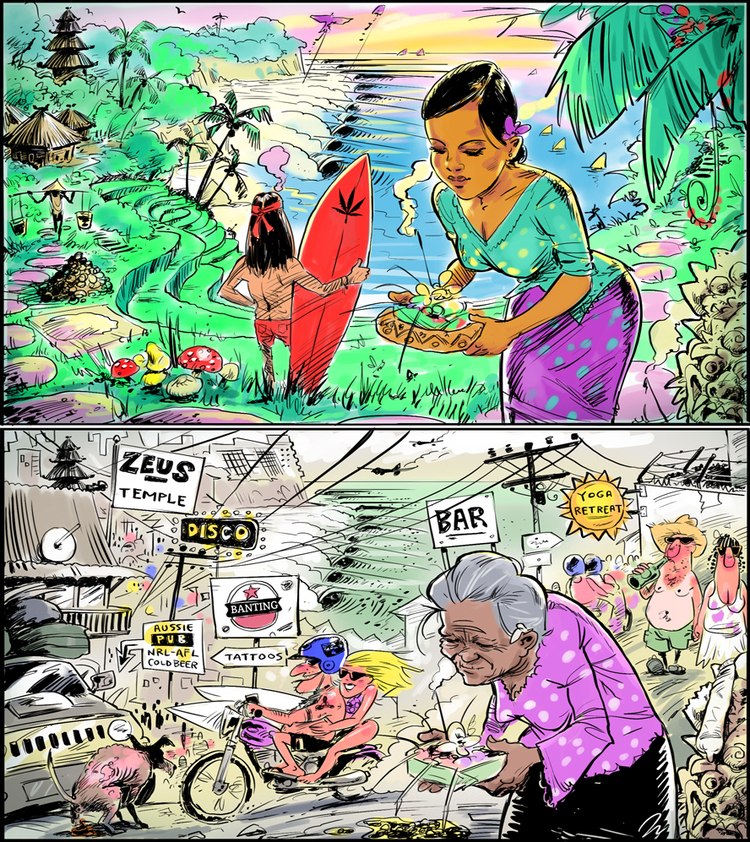
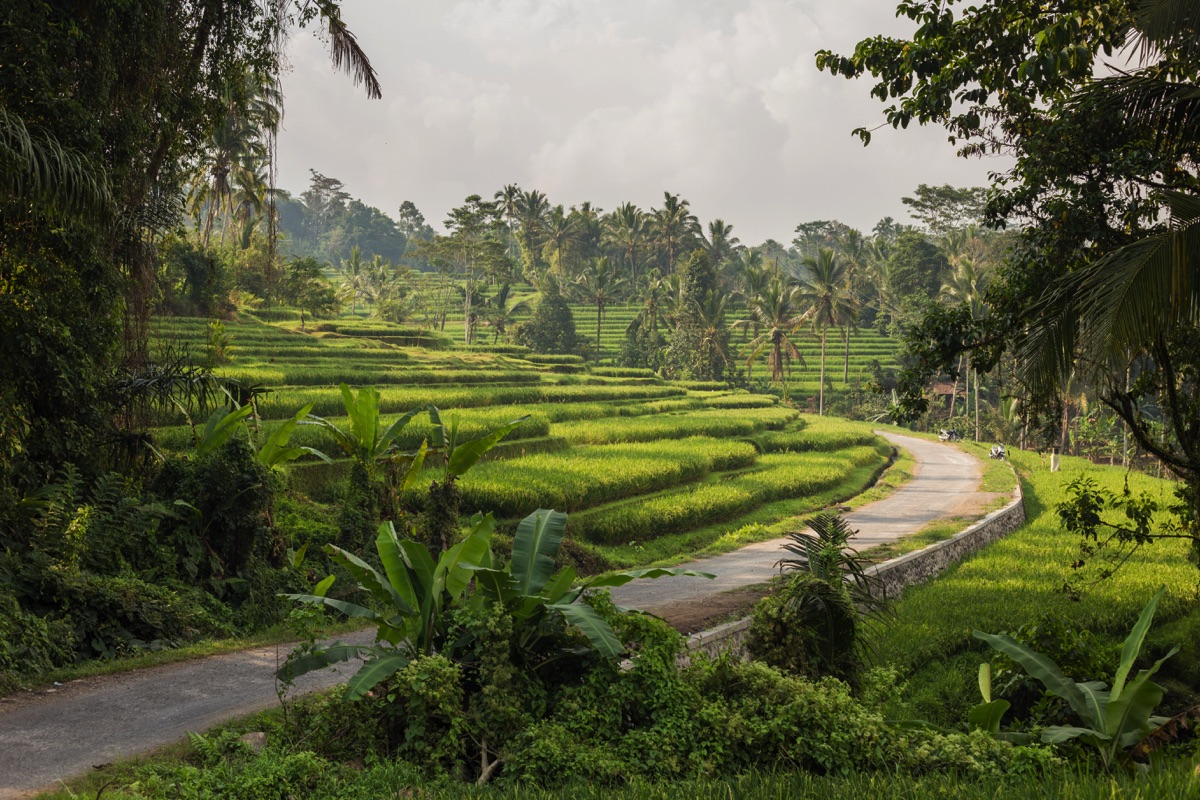

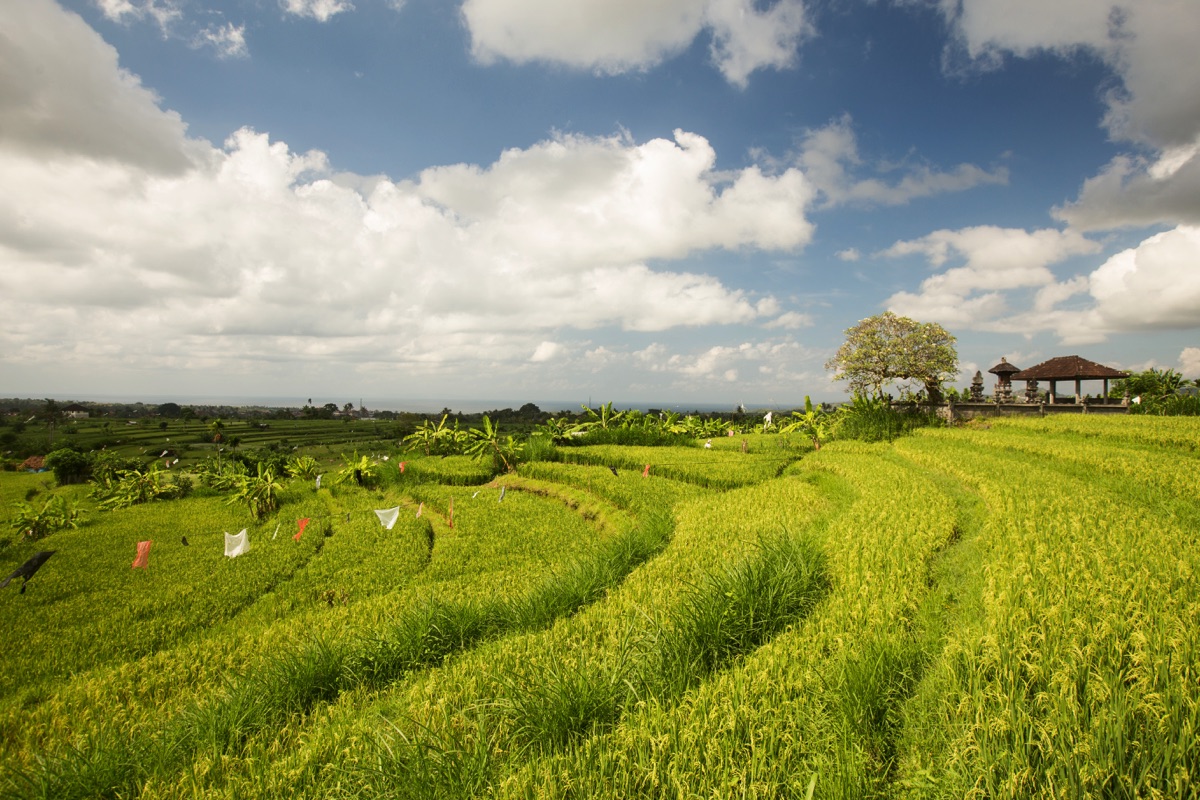
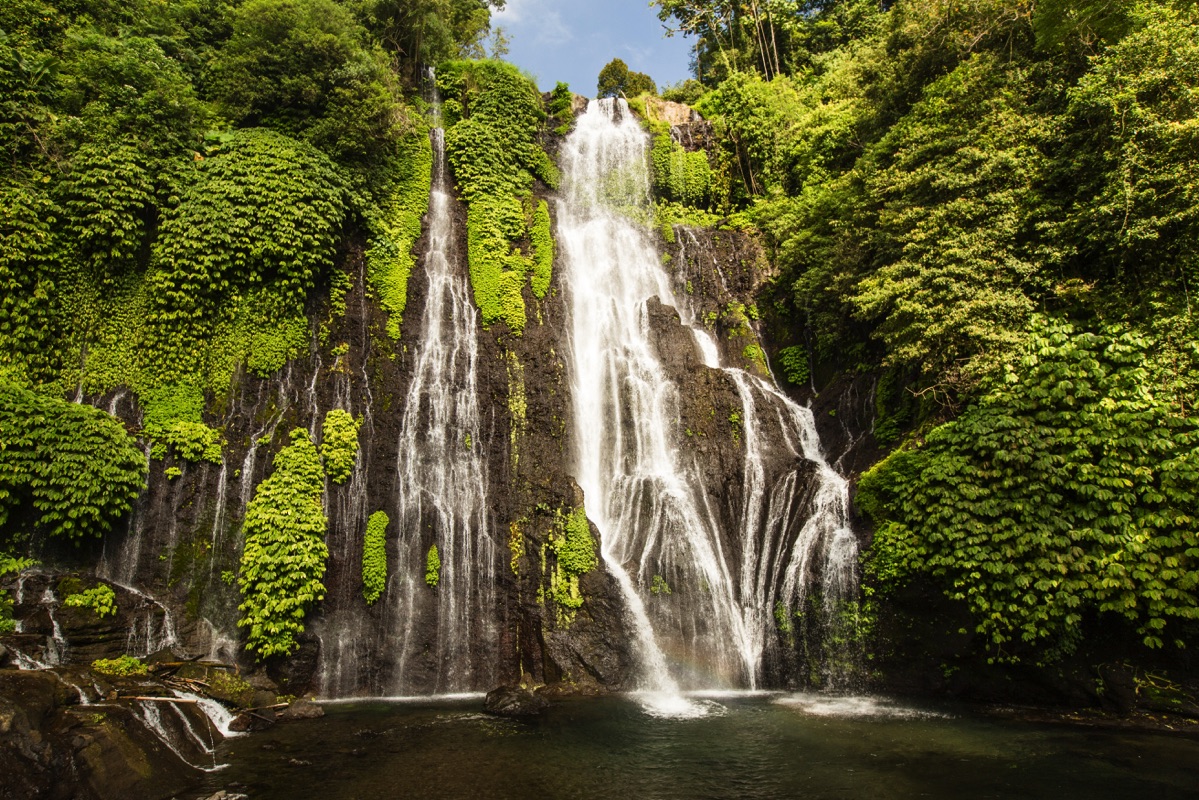

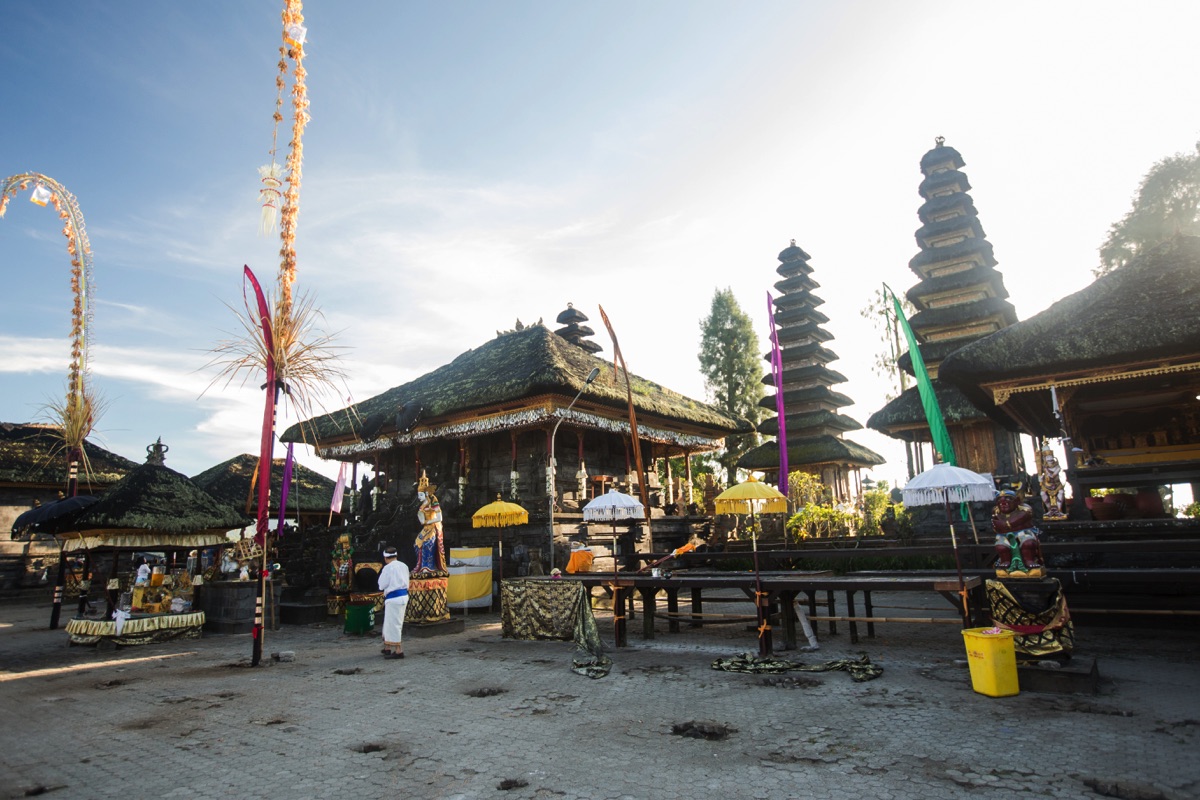
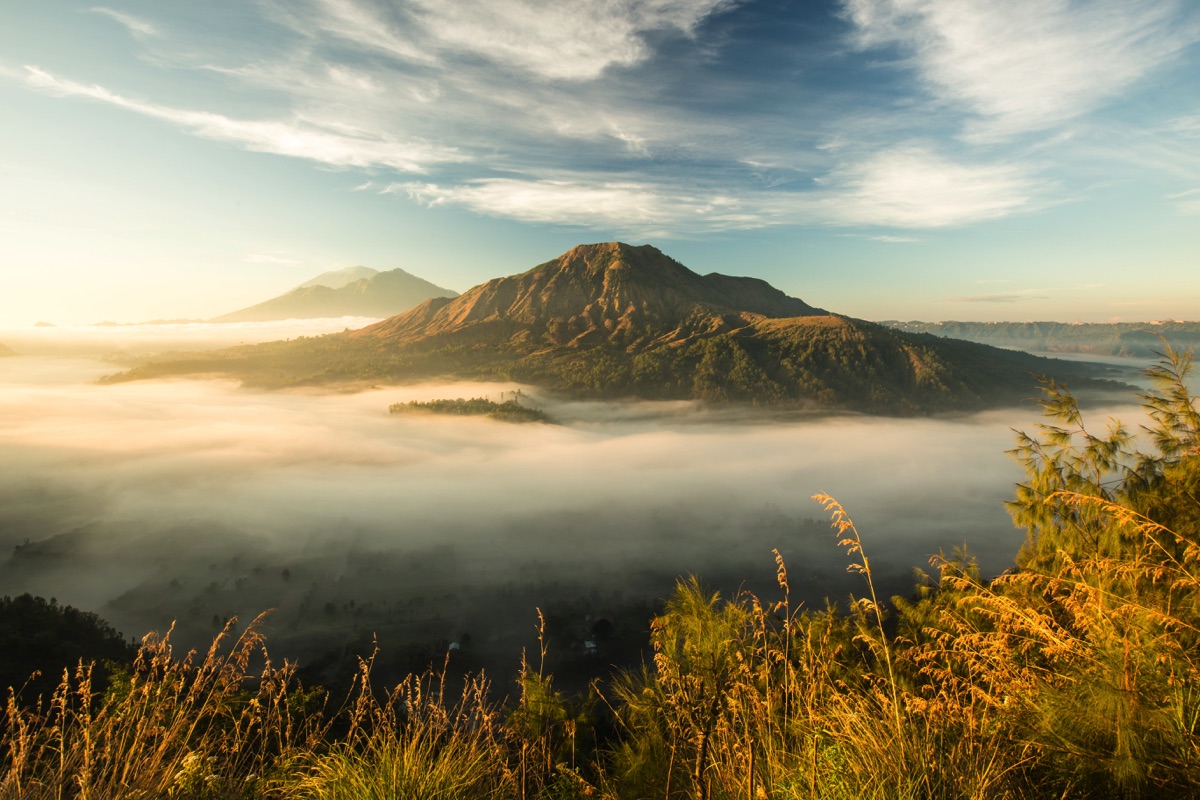
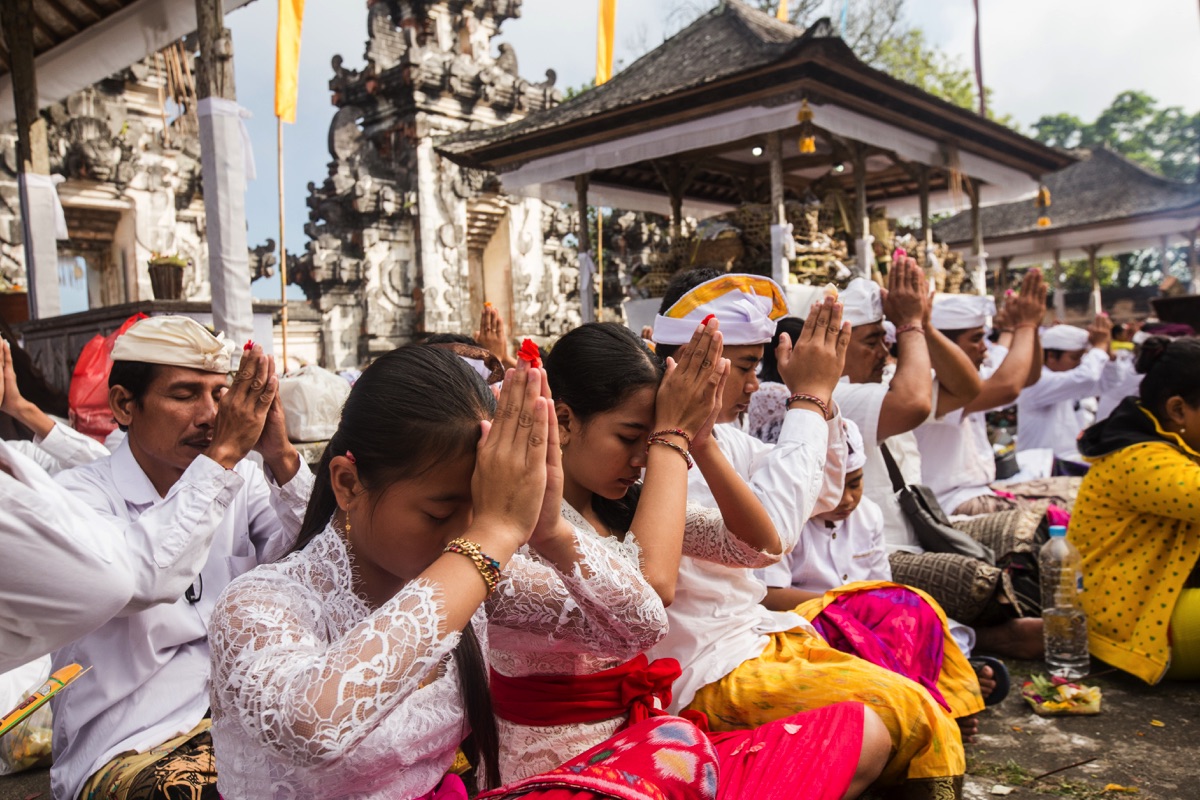
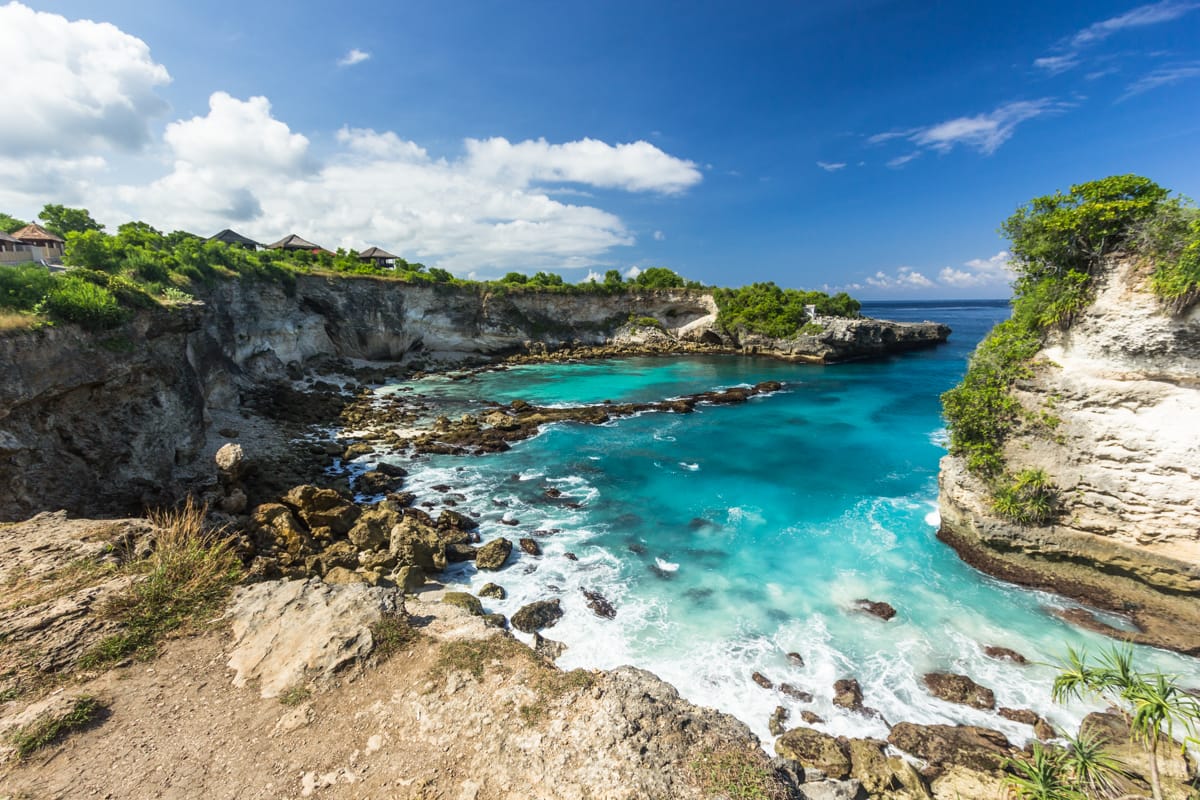
Leave a Reply